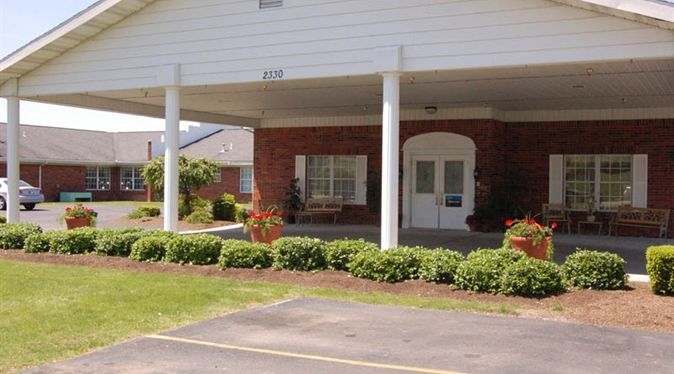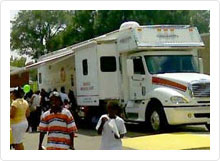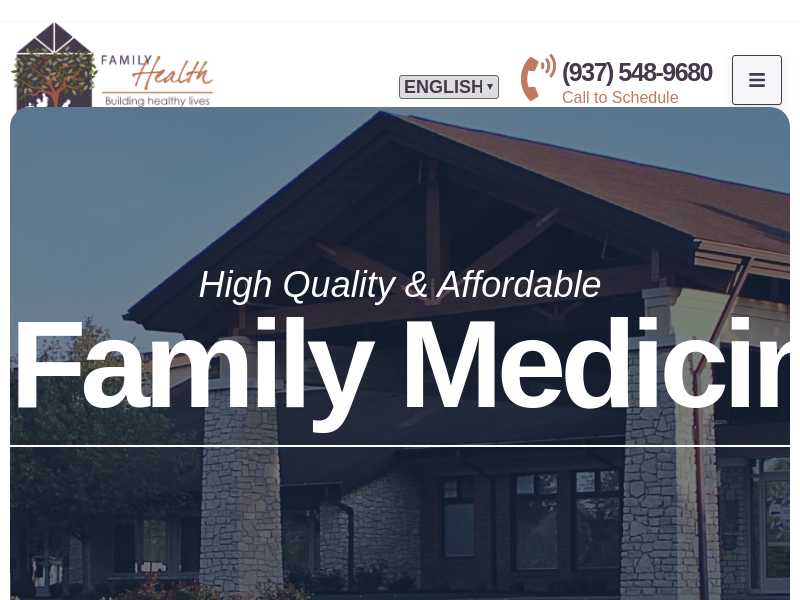About Golden Livingcenter Golden Rule
In order to get more information on this clinic, click on the icons below. You may be required to join for free in order to access full contact information.
Golden LivingCenter - Golden Rule is located in Richmond, IN, which is home to an extraordinary collection of early 19th- to early 20th-century architecture.
Their residents enjoy many activities, such as weekly bingo and monthly outings to a variety of locations, such as museums, street fairs and shopping establishments.
In addition to offering quality long-term care, their facility provides 24-hour skilled nursing care and assistance for those needing wound care; physical, speech and occupational therapy; and those in the intermediate and late stages of dementia and Alzheimer's disease.
The residents of our Alzheimer's Care Units will experience a beautifully designed and secure area that helps manage the behaviors associated with dementia and maintain cognitive and physical functionality, so the individual can live with respect and dignity. Patients of our Advanced Alzheimer's Care Units will receive one-on-on sensory-driven care; if necessary, hospice services are provided by a locally licensed agency.
Since this is a sliding fee scale clinic, we have provided the Federal Poverty Guidelines below. Visit the Golden Livingcenter Golden Rule website listed above to see what the level is needed for free care.
Federal Poverty Guidelines for 2023
| Persons In Family Household | Poverty Guideline Salary per year |
|---|
| 1 | $14,580 |
| 2 | $19,720 |
| 3 | $24,860 |
| 4 | $30,000 |
| 5 | $35,140 |
| 6 | $40,280 |
| 7 | $45,420 |
| 8 | $50,560 |
For Households with more than 8 persons, add $4,480 for each additional person.
*Alaska and Hawaii have different rates for HUD federal poverty guidelines.
These numbers above represent 100% of the Federal Poverty Rate. In order to get reduced or free services from some clinics, they use a sliding fee scale based on your income.When they use a sliding fee scale, the 100% rate can be different than 100%. In those cases, using for example a 200% federal poverty level, you will only need double the 100% number listed above to 200%.






